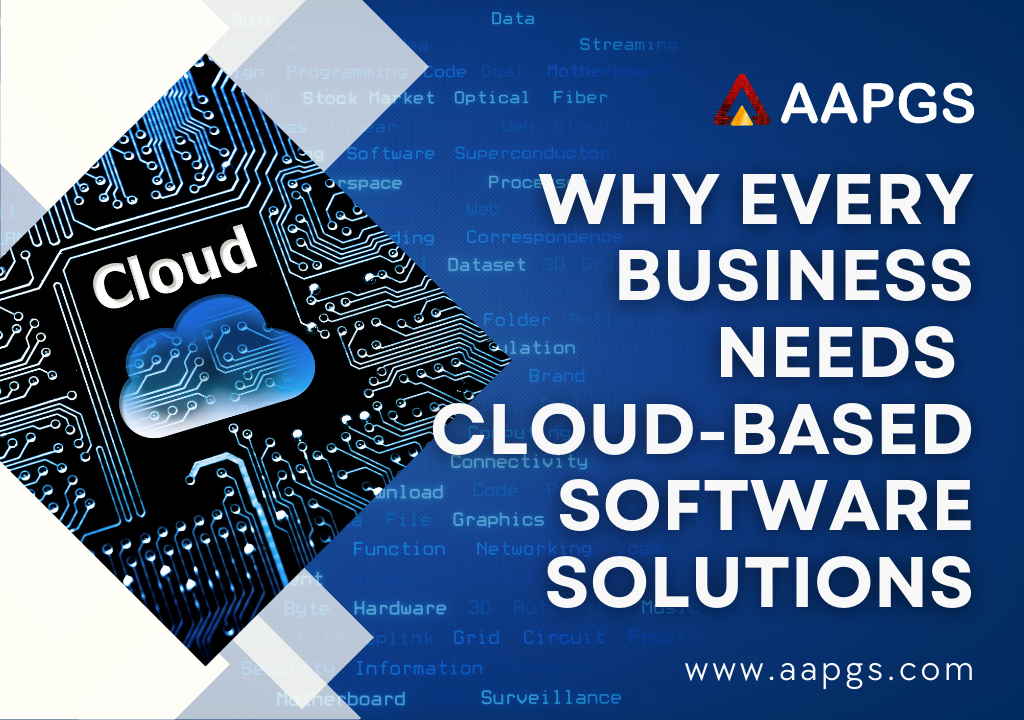In today’s rapidly changing world, businesses can’t afford to stand still. From emerging startups to worldwide enterprises, the demand for flexible, scalable, and secure systems is higher than ever. That’s where cloud-based software enters the picture. If you’ve been wondering what cloud computing really means or what a cloud-based platform offers, you’re not alone. Plenty of organizations are still figuring out how these innovative solutions work, the types of cloud-based services available, and how to tap into their full potential.
Understanding What Is Cloud Computing and How It Works
Cloud computing refers to the on-demand delivery of IT resources such as computing power, data storage, and software over the internet. Instead of maintaining physical servers and hardware, businesses rely on remote data centers owned by specialized service providers. This model allows companies to pay only for what they use, simplifying their operations and boosting flexibility.
- Core Elements: The backbone of any cloud platform lies in servers, storage systems, and networking components housed offsite.
- Real-Time Access: With a stable internet connection, users can tap into these resources anytime, anywhere ideal for remote or global teams.
- Immediate Scalability: Enterprises can upscale or downscale services at the click of a button, ensuring they’re always equipped to meet changing demands.
The Purpose of Cloud Computing
- Efficiency: A cloud-based system centralizes data, enabling teams to collaborate seamlessly and manage workloads more effectively.
- Cost Savings: Switching to cloud-based solutions often cuts out large upfront expenses tied to maintaining physical infrastructure.
- Security: Most reputable cloud providers invest heavily in advanced security protocols and regular updates to protect sensitive data.
- Reliability: Downtimes are minimized thanks to redundancy features built into the cloud, where data is backed up across multiple locations.
What Is Cloud-Based Software?
Cloud-based software is hosted on remote servers and accessed via the internet. Instead of running applications on individual computers, businesses centralize their data and programs on a remote server often referred to as a cloud-based platform. This approach offers real-time collaboration tools, consistent user experiences, and a more organized workflow.
Types of Cloud-Based Services
- Infrastructure as a Service (IaaS)
- Offers virtualized computing resources servers, storage, and networks on a pay-as-you-go model.
- Ideal for companies needing scalable computing power without the overhead of physical data centers.
- Platform as a Service (PaaS)
- Provides an environment for developers to build, test, and deploy applications.
- Accelerates software development cycles by offering ready-to-use frameworks and tools.
- Software as a Service (SaaS)
- Delivers ready-to-use applications to end-users over the internet.
- Common examples include customer relationship management (CRM) platforms, accounting software, and office productivity suites.
Cloud Application in Cloud Computing
A cloud application is a software program that runs on remote servers rather than on a local machine. By distributing the processing load between the client side and server side, cloud apps:
- Improve access to real-time data
- Facilitate cross-functional collaboration
- Offer automatic updates without user intervention
- Minimize downtime through continuous maintenance
Benefits of Cloud-Based Solutions
Scalability:
Easily add or remove resources to handle fluctuating workloads.
Better Collaboration:
Unified platforms empower teams to share documents, ideas, and updates in real time, no matter their location.
Lower Operational Costs:
Replace hefty upfront investments with flexible monthly or annual subscription plans.
High Security Standards:
Reputable providers deploy encryption, multi-factor authentication, and continual monitoring to safeguard data.
Increased Efficiency:
Automation of routine tasks and processes cuts down on manual labor, freeing resources for more strategic initiatives.
How to Implement Cloud-Based Services in Your Business
- Conduct a Needs Assessment: Determine your most critical pain points—high hardware costs, lack of collaboration tools, or limited data storage.
- Select the Right Cloud Model: Decide between public, private, or hybrid cloud deployments based on compliance, workload, and performance requirements.
- Choose Your Provider: Look for providers that offer robust security protocols, strong customer support, and clear pricing.
- Plan a Gradual Migration: Transition in phases to mitigate risks and ensure employees have adequate training on new systems.
- Monitor and Optimize: Continuously evaluate your resources and applications, making adjustments for performance optimization.
Empower Your Business with Cloud Computing Solutions
By adopting cloud-based software and a robust cloud-based system, organizations can take advantage of the immense flexibility and cost savings offered by the latest cloud technologies. Whether you’re still exploring what is cloud computing and how does it work or are well on your way to integrating cloud solutions into your workflow, the benefits of modern, scalable technology are undeniable.
Conclusion:
If you’re looking to streamline your transition, AAPGS stands ready to help. With extensive expertise in designing, implementing, and managing cloud computing solutions, our team ensures a smooth experience tailored to your unique business needs. From consultation and migration to ongoing support, we provide personalized services that maximize the purpose of cloud computing so you can focus on what you do best: growing your business.
